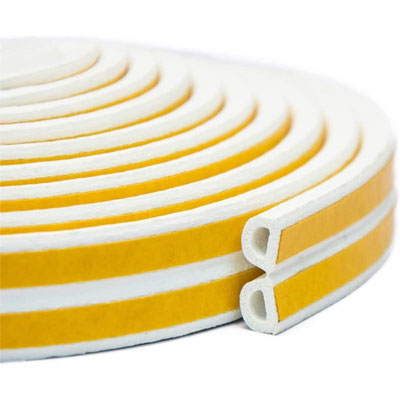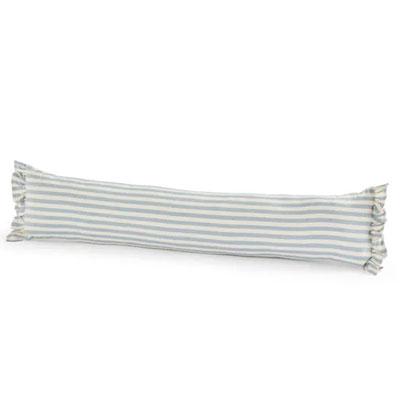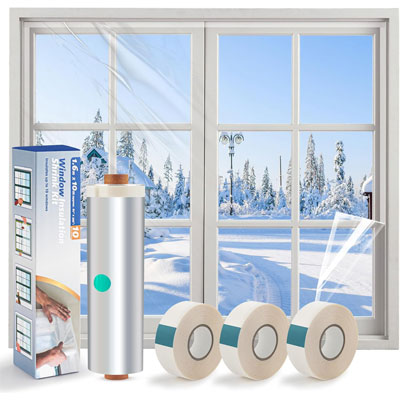4 areas we should have insulated when renovating our house – but didn't! Plus the other spots experts say you should never forget
I reveal the areas in our house we forgot to insulate that mean it is colder than it needs to be in winter
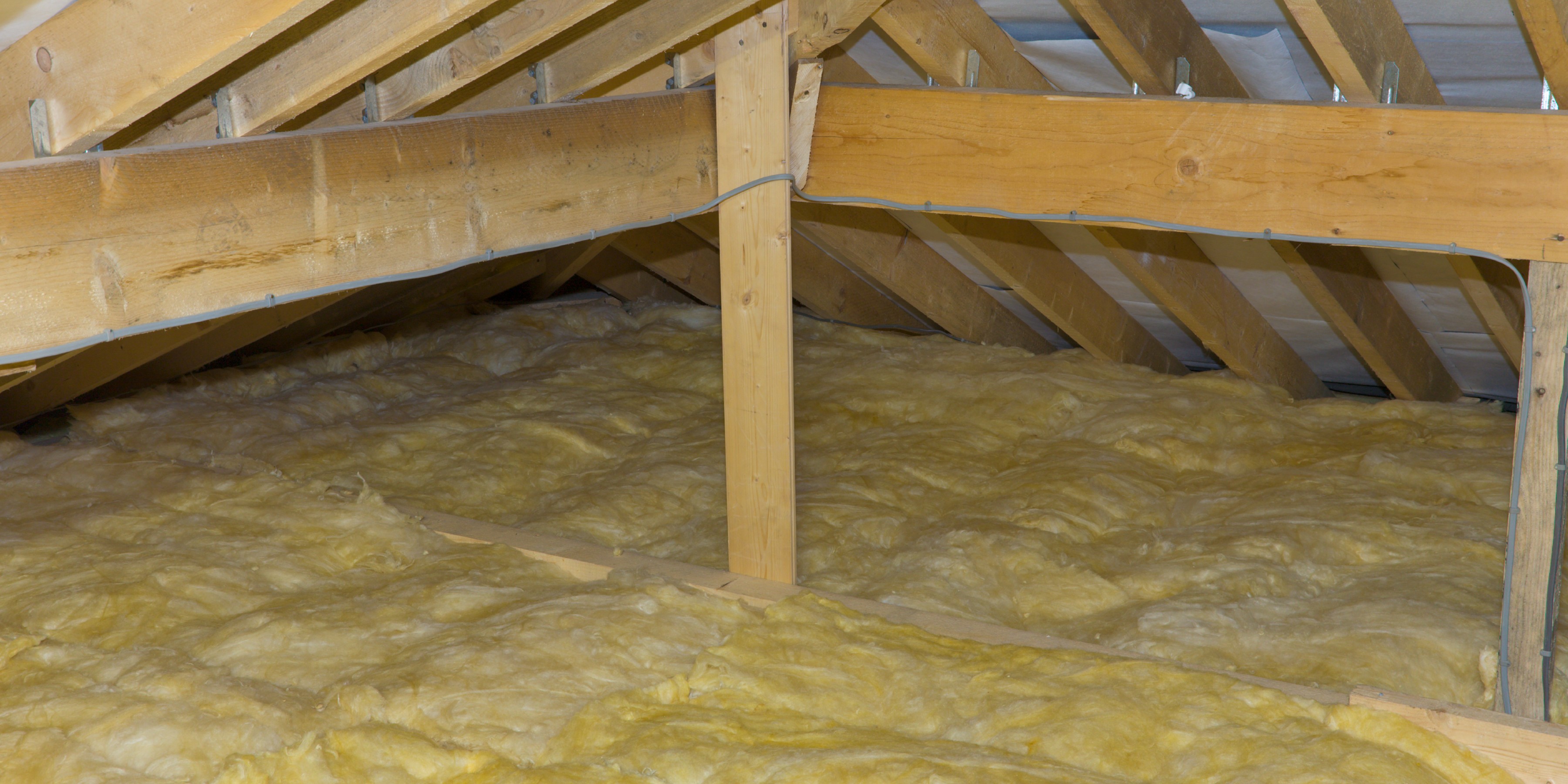

As the owner of an old house, one of the things I love the most about it is the original architectural elements – timber casement windows, original front door and the fireplaces being amongst my favourites. However, over the years, I have come to realise that living in this kind of property, with these kinds of features also means enduring cold winters and high heating bills.
It is no secret that home insulation is key to the comfort levels within a house, be that a new build or a period property, but very often, while wall insulation is properly addressed, other areas get missed completely – yet it can be these spots that will make all the difference.
I know that there are areas within our home that we should have insulated but didn't. In some cases we have now revisited the task and added in insulation, whereas others remain on our to-do list. If, like me, you crave a toasty house when temperatures fall, it will be well worth taking note of my oversights as well as the expert-advice I sought out on the other most commonly overlooked areas.
1. Around windows and doors
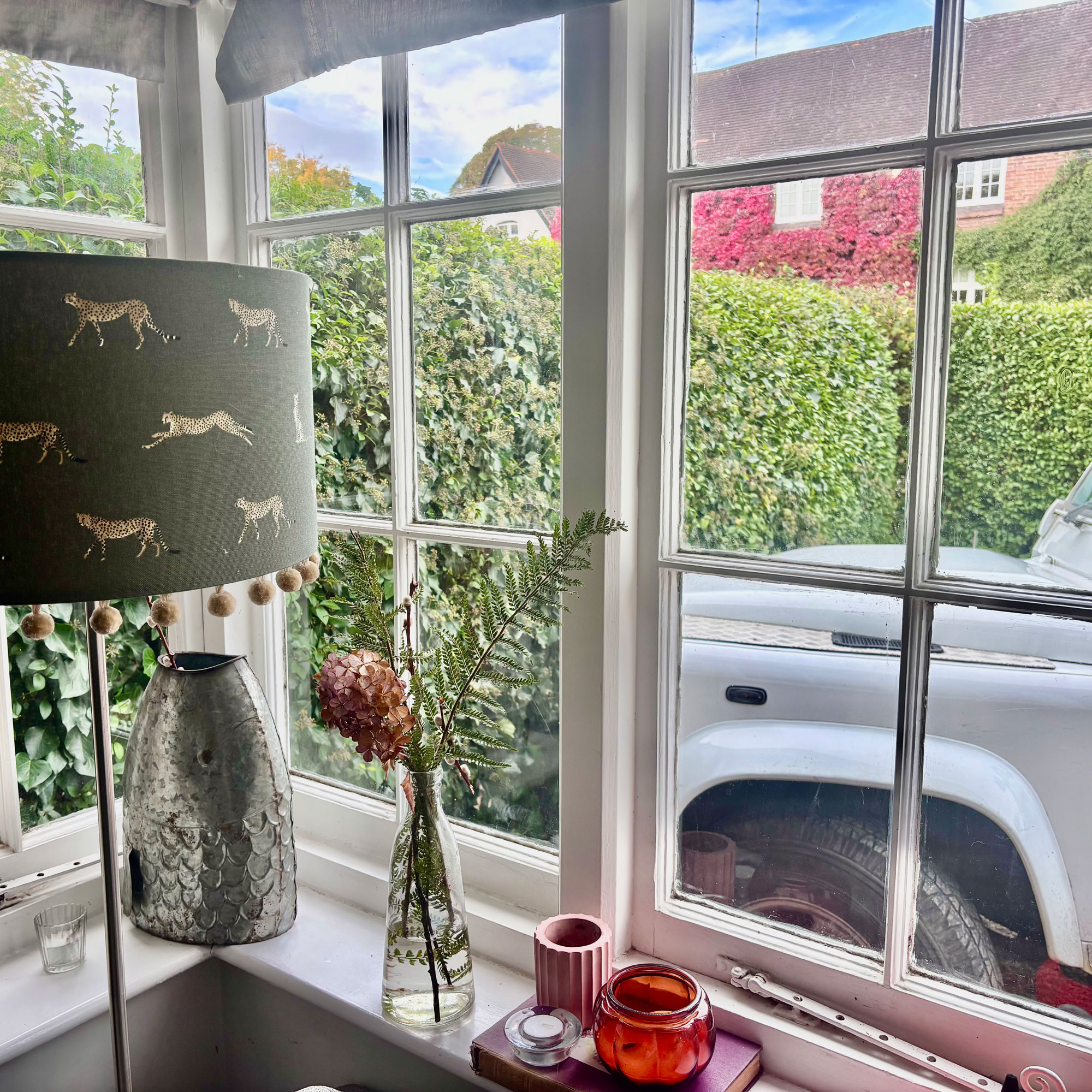
I love the original windows in our house but they were a source of draughts before we insulated them.
I'm definitely guilty of this one – in fact, it has only been in the last year or two that I've tackled the task of upgrading the insulation of our single-glazed bay window, as well as the draughty front door.
'Small, often invisible, gaps around window frames, doors, and letterboxes are a primary source of cold draughts that make rooms feel uncomfortable,' reveals Samuel Hitch, MD of Buy Insulation Online. 'Applying draught-proofing strips is one of the most cost-effective improvements you can make. Self-adhesive foam strips are easy to apply, while more durable brush strips offer a longer-lasting seal.'
As well as draught proofing windows and doors with self-adhesive strips, we also invested in a few weighted draught excluders for beneath both the front and internal doors and are considering trying out a window film insulation kit too.
Shop draught proofing measures

With over 20 years of expertise, Samuel leads a group of UK companies specialising in industrial insulation, mechanical engineering, and electrical construction estimating. His companies deliver comprehensive solutions across the construction sector, from technical insulation sales to MEP pre construction management.
2. Water pipes (inside and out)
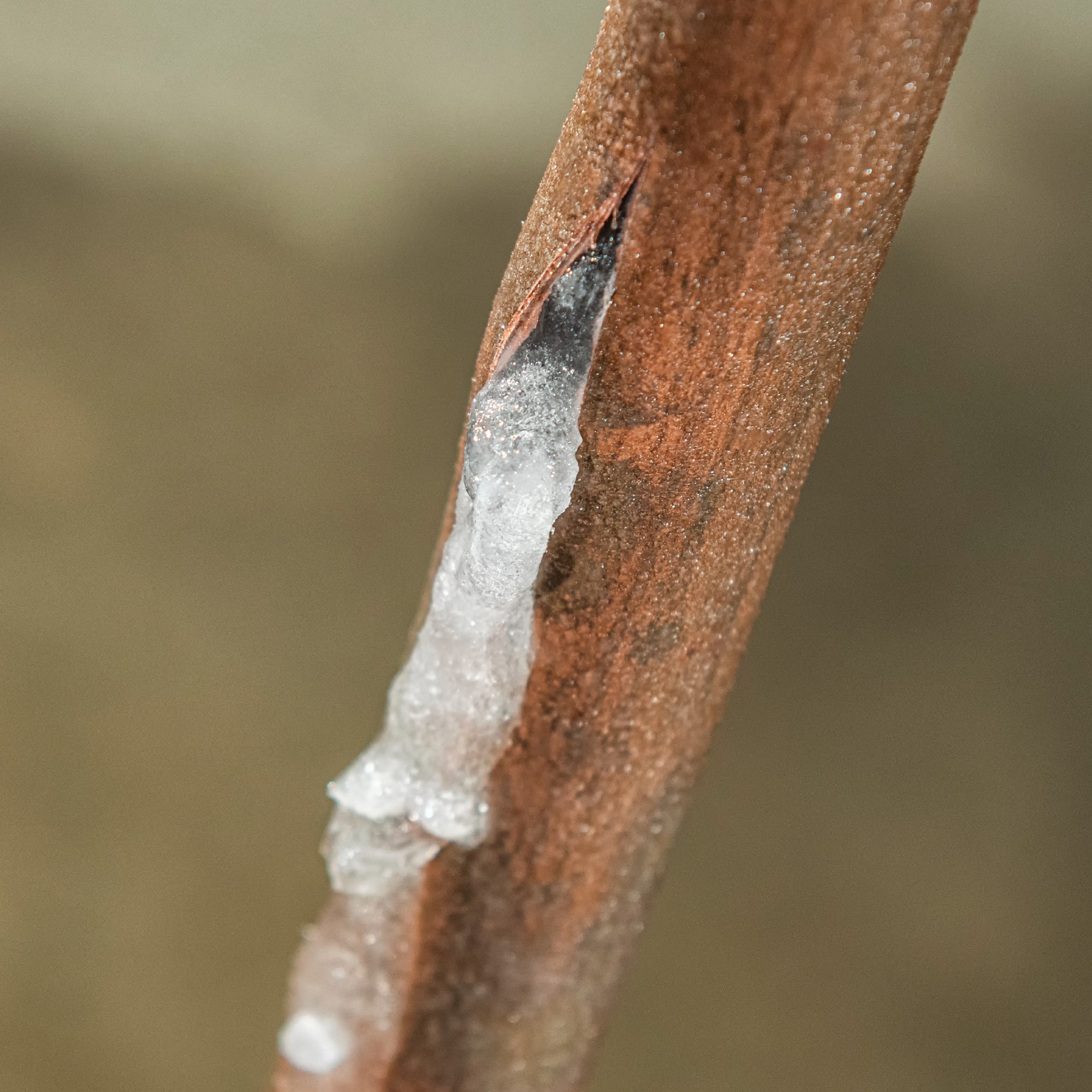
All too often, once the cold really sets it, water pipes take a hit. Perhaps rather obviously, it is our outside water pipes and tap that are the most commonly affected spots, but there are pipes in other areas within the home that should be addressed too – loft included.
Sign up to our newsletter for style inspiration, real homes, project and garden advice and shopping know-how
'Insulating your loft makes the loft space itself much colder, putting any water pipes and tanks at high risk of freezing and bursting,' explains Samuel Hitch. 'The same applies to pipes in unheated garages.
'Lagging all hot and cold water pipes with pre-slit foam insulation is essential,' continues Samuel. 'This inexpensive step prevents catastrophic water damage from burst pipes and also makes your hot water system more efficient by reducing heat loss.'
3. Inside the airing cupboard

A controversial one this. Our airing cupboard houses our electric boiler and large water tank – and where pipes leave the cupboard for outside I have to admit the daylight can been seen shining through. I could argue that this means it is well ventilated but, in fact, it just means it is a huge source of heat loss. That said, care really needs to be taken when insulating a boiler cupboard.
'Safety is paramount,' picks up Samuel Hitch. 'While a boiler cupboard can be lined with a non-combustible material such as mineral wool for soundproofing, you must never block the mandatory ventilation gaps and clearances required around the boiler. These spaces are essential for heat dissipation, air supply, and maintenance access. Blocking them can cause the boiler to overheat and create a serious safety risk.
'Hot water pipes within the cupboard should be lagged, but ensure this does not obstruct any vents,' continues Samuel. 'Always consult a Gas Safe registered engineer before making changes.'
4. Beneath the some of the floors
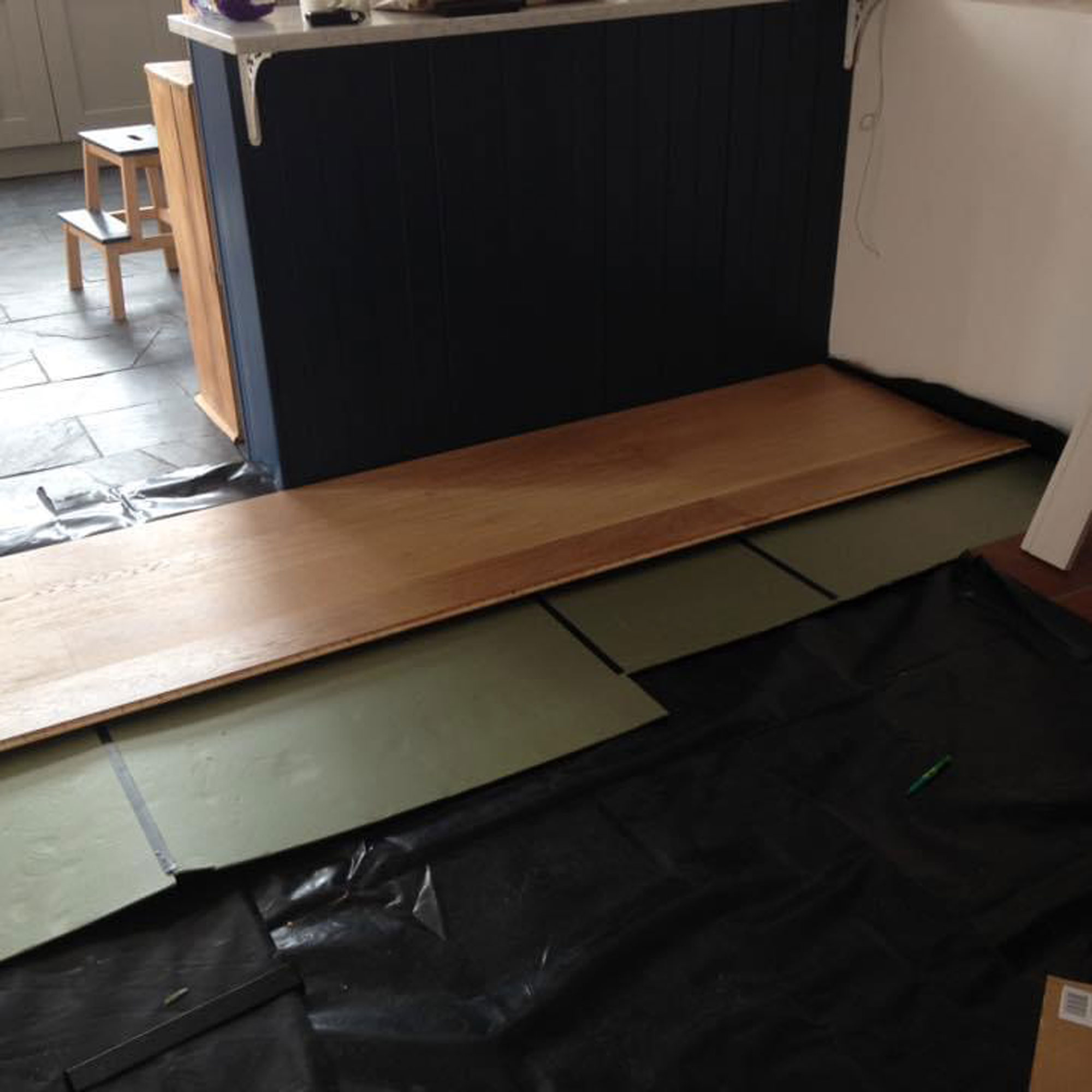
Insulating the solid floors in our house threw up all kinds of issues.
Insulating the floors in our house threw up all kinds of questions and issues to be addressed. While we insulated the floors in the two new extensions – a requirement of the building regulations – when it came to the older areas of the house, we took the easy route.
There were several reasons for this. Firstly, these were solid floors, as opposed to timber suspended floors which are simpler to insulate. The dining room and living room floors were made up of compacted earth and ash and had been covered with quarry tiles and parquet, respectively. We had a couple of options. One would have been to dig out the floors, before laying a 'vapour open' covering such as limecrete. However, we were living in the property and keen to minimise disruption so, instead, we simply used a liquid damp proof membrane, followed by floating marine grade plywood, a vapour shield, underlay and finally our chosen coverings. It is important to note, this is not a route that professionals would ever recommend, and taking the longer route would definitely have made the house feel warmer.
Additionally, we should have thought through our choice of carpet underlay on the first floor more carefully – although a few thick rugs have helped matters.
'When replacing carpets, the underlay is often overlooked. A standard or old, compressed underlay offers minimal thermal benefit,' explains Samuel Hitch. 'This is a perfect opportunity to upgrade. Choosing a high-quality, thick underlay with a high 'tog' rating adds a substantial insulating layer to your floor, making rooms feel warmer and more comfortable underfoot.'
5. Cellars and garages
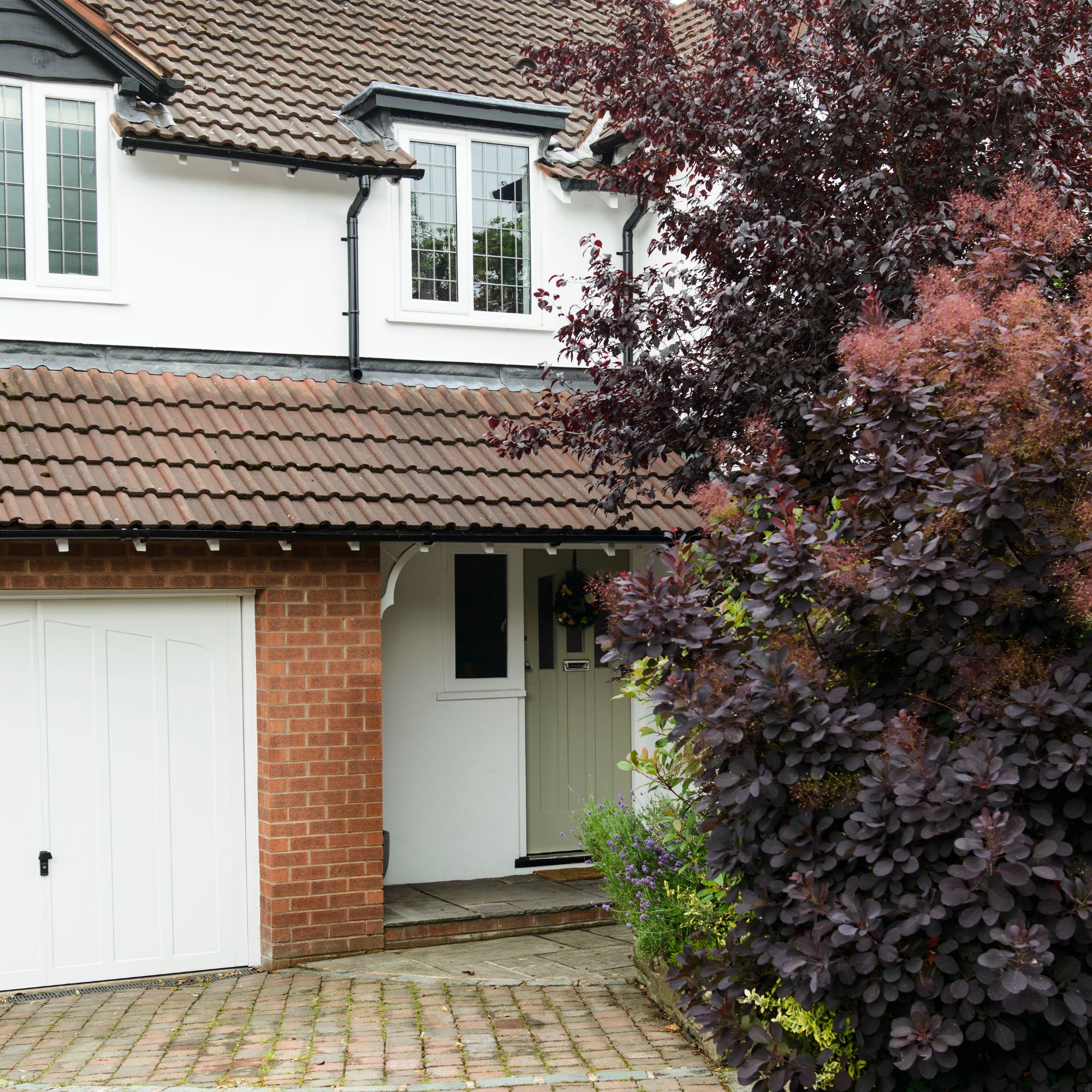
Sadly we don't have either a cellar or a garage, but it is well worth mentioning how often both these spaces get overlooked when insulating.
'Unheated spaces beneath or attached to your home act as 'cold sinks,' constantly drawing warmth out of your living areas,' explains Samuel Hitch.
'For cellar ceilings, the most effective action is to insulate the underside of your ground floor as this stops heat from escaping downwards and eliminates cold floors,' continues Samuel. 'Breathable, non-combustible materials such as Rockwool slabs are ideal as they provide excellent thermal insulation while helping to manage moisture. If the cellar is used as a living space, insulating the walls is also necessary as part of basement conversion building regs.
'Garages that share walls with your house are a major source of heat loss,' adds Samuel. 'Insulating these shared walls, as well as the garage ceiling (especially if there is a room above), creates a thermal break that prevents cold from seeping into your home.'
6. The loft hatch

Insulating a loft hatch can make a world of difference and I am pleased to say that this is one area that we did get right. We bought a side-hinged insulated loft hatch that stops the cold breezes from whistling into my son's bedroom in which it lies. However, according to Samuel, this is one area that often gets forgotten about by homeowners.
'A thin, unsealed loft hatch is a significant thermal bridge that undermines even the best loft insulation,' he explains. 'It allows warm air to escape into the cold loft and creates noticeable draughts.
'This is a simple two-part DIY fix,' continues Samuel. 'First, attach a piece of rigid foam insulation to the top of the hatch. Second, apply self-adhesive draught-proofing strips around the frame to create an airtight seal when the hatch is closed.'
FAQs
Which areas of the home should you never insulate?
It is important to recognise that, while insulation is important, there are certain areas of a home that you should never insulate. Indeed, insulating them can have serious ramification, as Samuel Hitch explains.
- Over a damp wall, floor, or ceiling: Insulation traps moisture, which will accelerate mould growth and cause the timber or masonry behind it to rot. The source of the damp must be identified and completely fixed before any insulation is installed.
- Around electrical components like recessed lights, junction boxes, and wiring: This is a serious fire hazard. These components generate heat and need space to cool down. Trapping the heat can cause them to overheat and ignite the insulation.
- Near hot flues and chimneys: Combustible insulation materials must never be placed in direct contact with hot surfaces like boiler flues or chimney stacks. Always maintain a safe distance (building regulations typically require at least 50mm) to prevent a fire. It is best practice to use a non-combustible material like mineral wool in these areas.
- Over intentional ventilation: It is vital to distinguish between unwanted draughts and essential ventilation. Never block purpose-built vents like air bricks, soffit vents, or trickle vents in windows. These are crucial for allowing your home's structure to breathe and preventing the build-up of moisture that leads to condensation, damp, and rot.
Whether you have just bought a project, are extending or simply upgrading, researching how to insulate a house properly will ensure it stays feeling comfortable all year round.

Natasha has been writing about everything homes and interiors related for over 20 years and, in that time, has covered absolutely everything, from knocking down walls and digging up old floors to the latest kitchen and bathroom trends. As well as carrying out the role of Associate Content Editor for Homebuilding & Renovating for many years, she has completely renovated several old houses of her own on a DIY basis.
